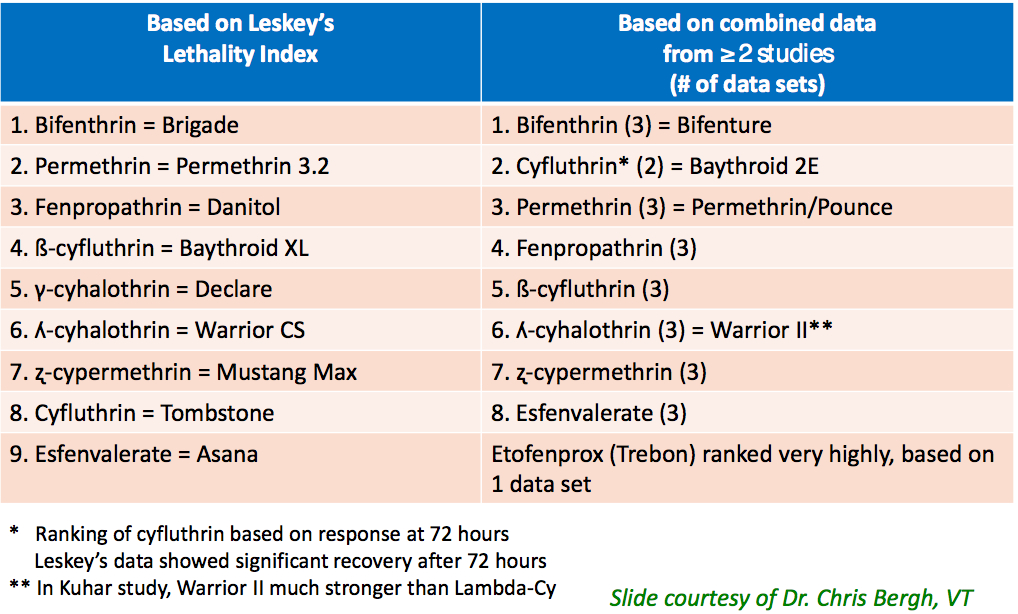
Our observations this season we have found the insect in traps beginning early June, later then in years past. In Highland on Friday, July 18th, we observed over 40 BMSB nymphs in Bartlett pears bordering hedgerows and woodlands. The population was scattered over 4-5 trees along the edge, feeding on fruit. Later that day we photographed BMSB adults in peach, also in Highland, and adults feeding on Tomato in Milton (ENY Hort).
We are nearing the time of year when the 5th instar BMSB molt into adults, and the adult will begin laying her eggs, giving rise to the second generation in late July / early August. However, when nymphs are found in mid-July, in the orchard, it represents populations residing in the orchard of the 1st generation. These populations are damaging the fruit although the injury will not be evident for 10 days to three weeks. Nymphs will likely remain in the orchard to give rise to a second generation in early August. They need to be treated now while they are more susceptible (then adults) to insecticide applications. A whole orchard application should be made against the nymph populations if scouts are finding even a few in the block.
Adults in tree fruit this time of year however, often represent populations moving from deciduous woodlands to tree fruit, not necessarily residing in the crop. Overwintering females are still laying eggs this late into the season. If eggs are found in tree fruit, applications will need to be made upon hatch.
If you are trapping along the orchard edge, and not seeing BMSB in the orchard BUT are seeing them in traps, we would recommend NOT SPRAYING. In years past we have seen high numbers of nymphs and adults in the traps but on many farms not seeing them in the commodity. In edge traps, I would recommend monitoring the crop intensively and spraying only on first find in the crop.
I recommend to begin management with border sprays at first adult edge find, whole orchard applications with the first nymph find prior to 1 August. The majority of late season injury appears to occur within the first 90′ of wooded edge, attributed at least in part, to adults moving to and from deciduous woodlands.
Growers should consider spraying Alternate Row Middle (ARM) after the 1st of August if adults are scouted in the orchard, making whole orchard applications once nymphs are found. Continued scouting through to harvest is recommended. The list of the most effective insecticides for BMSB management is found using this link.
Pyrethroid comparison:




